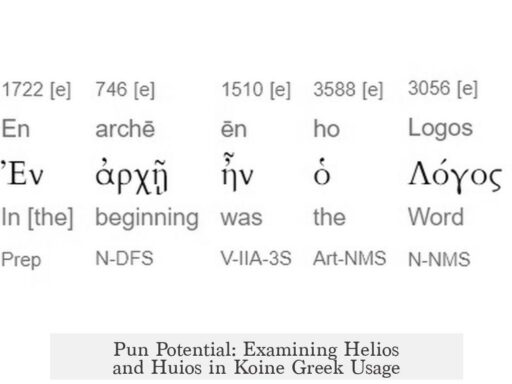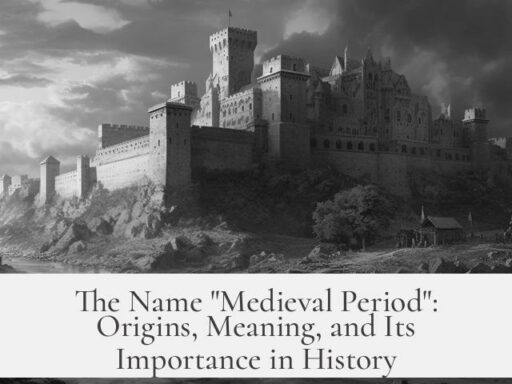Becoming a Roman equite required meeting specific property qualifications and belonging to the equestrian order, which ranked just below the senatorial class. The equites were originally knights, tasked as cavalrymen equipped at their own expense. Over time, this group evolved into a distinct social and political class defined primarily by wealth and status, rather than solely military function.
To qualify as an eques, a man needed to own enough property to pass the wealth threshold established by Roman law. Early on, equites were citizens capable of affording both a horse and full military gear, positioning them as the cavalry elite in Roman armies. This requirement underscored the economic dimension of their status, linking their social standing directly with their financial capacity.
Property requirements were formally verified through the Roman census, taken every five years. Censors examined citizens’ declared net worth and ensured members met the set thresholds. Notably, the equestrian rank was hereditary in the male line, so sons of equites could inherit the social status, provided they retained the property qualifications reported to the censors. However, falling below the required wealth could result in removal from the equestrian order.
| Period | Property Threshold | Equivalence |
|---|---|---|
| Late Republic | 50,000 denarii | N/A |
| Under Emperor Augustus | 100,000 denarii | About 450 legionaries’ annual salaries |
Under Augustus’s reforms, the property qualification doubled to around 100,000 denarii, marking the equites as wealthy elites. This wealth was roughly equivalent to the combined annual pay of 450 legionaries, highlighting the substantial economic resources required.
Members of the equestrian order did not need to originate from patrician families after the early Republic. This shift allowed social mobility, enabling affluent individuals outside traditional aristocracy to join. The censors assessed candidates’ suitability beyond their wealth, focusing on reputation and moral standing.
Equites actively participated in Rome’s commercial and administrative sectors. Their ventures spanned private businesses such as ship ownership, manufacturing garum (a fermented fish sauce), urban construction projects, and tax collection contracts. These economic activities distinguished the equestrian class as powerful players in both the public and private spheres. Successful professionals like lawyers, athletes, or musicians could also ascend to equestrian status, reflecting its openness to accomplishment and wealth beyond inheritance.
The path to becoming an eques combined several essential elements:
- Possessing sufficient wealth, verified during the census.
- Being freeborn and male, as membership passed through male lineage.
- Demonstrating suitability in character and status before the censors.
- Having involvement or potential for administrative, military, or commercial roles.
- Optional: achieving success and recognition in professions or business.
Originally, equites formed the cavalry class, distinct for their military role. With Rome’s shift to professional armies and changing social structures, their military function diminished, and their identity as an administrative and economic elite became more pronounced. This transition highlights how wealth, civic duties, and social recognition intertwined in Roman society.
The equestrian order served as a bridge between the senatorial aristocracy and Rome’s broader elite. While senators had to meet higher property thresholds and often required noble lineage, equites provided a wider base for elite participation. The censors’ regulation ensured only qualified individuals retained membership, maintaining the order’s prestige and utility within Rome’s hierarchical society.
“The ranks of equites, although hereditary, were open to new entrants who met the property requirement and who satisfied the Roman censors that they were suitable for membership.”
This openness distinguished the equestrians as a dynamic class, allowing economic success and public service to translate into social elevation. Their roles in tax collection and contract management also gave them significant influence over Rome’s financial apparatus. The equestrian order, therefore, combined wealth, civic responsibility, and political significance.
In brief, becoming a Roman equite entailed meeting a high wealth standard, succeeding in social and economic spheres, and often inheriting status. The equestrian order balanced tradition and meritocracy, serving both military origins and civil administration.
- Equites needed to meet strict property requirements verified every five years.
- The class evolved from cavalrymen to an elite administrative and commercial group.
- Wealth thresholds rose from 50,000 to 100,000 denarii under Augustus.
- Membership passed through male lineage but allowed new entrants with adequate resources.
- Equestrians were active in business, law, tax collection, and cultural professions.
What was the main financial requirement to become a Roman equite?
A man had to meet a property threshold, originally 50,000 denarii, later raised to 100,000 under Emperor Augustus. This wealth was checked regularly by the Roman census.
Could someone outside patrician families become an equite?
Yes. After the early Republic, membership was not limited to patricians. Wealth and social standing mattered more, allowing new men to join if they met the criteria.
How did the Roman census affect equites?
The census, held every five years, verified if members met property qualifications. Those who fell below the required wealth were usually removed from the equestrian order.
Were equites always political figures?
No. They started as cavalry soldiers who could afford horses and armor. Later, their role expanded to political and administrative positions within Rome.
Could professions other than landownership lead to becoming an equite?
Yes. Successful lawyers, athletes, or musicians could gain equestrian status if they acquired sufficient wealth and passed the censors’ assessment.




